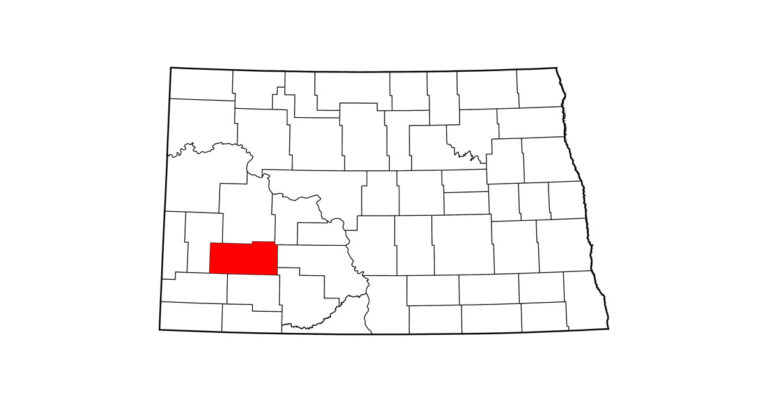Over the last five decades, veterinary care and best practices for horse health and management have undergone extraordinary advancements, driven by improvements in technology and research methods. Since the first issue in January 1973, Practical Horseman has informed readers of the latest findings and developments so they can provide the best possible care for their horses. Nutrition guidelines, fly protection, corrective shoeing—you name it, PH has covered it.

Below are some of our favorite lameness tips from the last 50 years. These tips are excerpted from 50 Health and Management Tips, which was written in celebration of Practical Horseman’s 50th Anniversary.
- “The knee and fetlock of a sound horse should flex until the shoe touches the elbow; if it can’t, movement is somehow being restricted.”—Dr. Michael Collier, Which Leg is Lame?, November 1983
- “The one thing I wish everyone whose horse has performance problems would do is slide the saddle back 3 inches and see what happens. Most horses—in every sport, with the possible exception of some dressage horses—wear their saddles too far forward.”—Joyce Harman, DVM, MRCVS, Seat of the Problem?, January 1994
- “Weight-bearing lameness—which causes pain when the horse puts his foot down—is about nine times more common than swinging-leg lameness, which causes pain when the leg advances. This is especially true for horses that jump. Weight-bearing lamenesses include foot bruises, navicular syndrome, hoof abscesses, suspensory tears and fractures. Swinging-leg conditions generally involve pulls or tears in the muscles that move the legs.”—Elizabeth Hammer, DVM, with Elaine Pascoe, Which Leg is Lame?, April 1994
- “Most lamenesses involve the front legs; of those lamenesses, most involve the foot.”—John Herning, DVM, Five Degrees of Lameness, May 1994
- [On checking tendons for injuries]: “Your hands are much more sensitive to temperature than you might think. They can accurately pick up variations of a tenth of a degree. The way to confirm your findings? If a tendon on the right leg feels warmer than usual to your right hand, check it again with your left hand. Compare the right tendon to the left. The opposite leg is always your ‘control’ unless something’s going on there as well.”—Mark Rick, DVM, with Kip Goldreyer, Keep Tabs on Tendons, June 2005
- “By regularly and systematically observing your horse, you’ll learn what’s normal for him, and you’ll be able to quickly recognize when something isn’t right. Monitoring subtle changes, recognizing patterns of soreness and taking action at the appropriate time are the keys to keeping your horse sound.”—Tim Ober, DVM, with Elaine Pascoe, Hands-On Health Check, April 2008
- “The dynamics of a horse’s motion occur on a diagonal, so tightness in the left poll can reflect a problem in the right hind and vice versa. And because your horse’s body works as a unit that strives for balance, tight poll muscles can also be a secondary issue.”—Jo-Ann Wilson with Sandra Cooke, The Problem Could Be His Poll, January 2013
- “Degenerative joint disease cannot be cured. However, you can manage the symptoms and potentially slow the progression of the disease … The primary goals when treating osteoarthritis are to reduce inflammation in order to slow the degradative process and subsequently provide the horse with some pain relief.”—Leslie Threlkeld with Dane Tatarniuk, DVM, MS, DACVS-LA, and Patrick Loftin, DVM, MS, Combating Joint Disease, September 2017
This article originally appeared in the Winter 2023 issue of Practical Horseman.
This article is sponsored by WeatherBeeta.










